As companies navigate their digital transformation journeys, transitioning from SAP ECC (ERP Central Component) to SAP S/4HANA is a significant milestone. While S/4HANA offers considerable advantages, understanding the differences and associated risks is essential for a successful migration. Here are the key points to consider:
Part 1: Key Differences Between SAP ECC and SAP S/4HANA
- Database Technology
- SAP ECC runs on traditional relational databases, while S/4HANA is designed exclusively for SAP’s in-memory HANA database.
- The HANA database offers faster data processing and real-time analytics, unlocking greater business insights.
- Simplified Data Model
- S/4HANA has a streamlined data model, eliminating redundant tables and reducing data footprint.
- This simplifies reporting, accelerates data access, and supports real-time decision-making.
- User Experience (UX)
- SAP Fiori, a modern, intuitive interface, replaces SAP GUI in S/4HANA.
- Users benefit from responsive design, improved usability, and role-based dashboards.
- Integrated Processes
- S/4HANA offers embedded analytics, machine learning, and AI capabilities.
- Enhanced automation and predictive insights support smarter business processes.
- Real-Time Reporting
- Traditional batch processing in ECC is replaced by real-time data availability in S/4HANA.
- Live reporting enables immediate insights into business performance.
Part 2: Main Risks to Be Aware Of When Transitioning
- Data Migration Challenges
- Migrating from SAP ECC to S/4HANA requires thorough data cleansing and validation.
- Inadequate data quality can lead to incorrect reporting and operational issues.
- Custom Code Adaptation
- SAP ECC customisations may not be compatible with S/4HANA.
- A comprehensive code review and remediation are needed to ensure compatibility.
- Process Changes and Training Needs
- S/4HANA introduces redesigned processes that require staff retraining.
- Resistance to change and lack of training can impact adoption and productivity.
- Project Scope and Timeline
- Underestimating project complexity can lead to budget overruns and missed deadlines.
- A detailed migration plan, with phased implementation, mitigates this risk.
- System Downtime and Disruption
- Migrating a live system risks operational downtime.
- Establishing robust contingency plans and conducting thorough testing is critical.
- Compliance and Security
- Changes in data management and processing can impact compliance.
- Ensure GDPR, HIPAA, or industry-specific regulations are adhered to throughout the migration.
- Integration with Third-Party Systems
- Existing third-party applications may require reconfiguration or replacement.
- Assess all dependencies to ensure smooth integration.
- Lack of Expertise
- S/4HANA projects require skilled resources in both functional and technical areas.
- Engaging experienced consultants can reduce risk and accelerate the implementation timeline.
- Budget Overruns
- Inadequate planning or scope creep can increase costs.
- Establish clear objectives, milestones, and governance for budget control.
- Post-Go-Live Support
- Issues may arise post-launch due to unforeseen errors or user resistance.
- Having a dedicated support team and conducting hypercare ensures smooth operations.
Conclusion
Migrating from SAP ECC to SAP S/4HANA is a transformative opportunity for businesses seeking enhanced agility, real-time insights, and operational efficiency. However, careful planning, risk management, and stakeholder engagement are essential to ensure success.
At MOAT, we specialise in guiding businesses through seamless ERP transitions, offering expertise in risk mitigation, process optimisation data & change management, and technical execution. Contact us to learn how we can support your S/4HANA journey.
